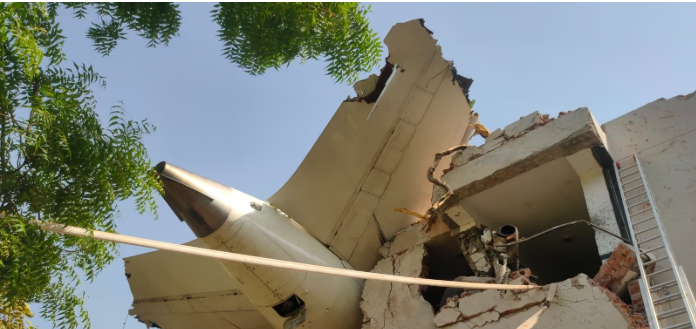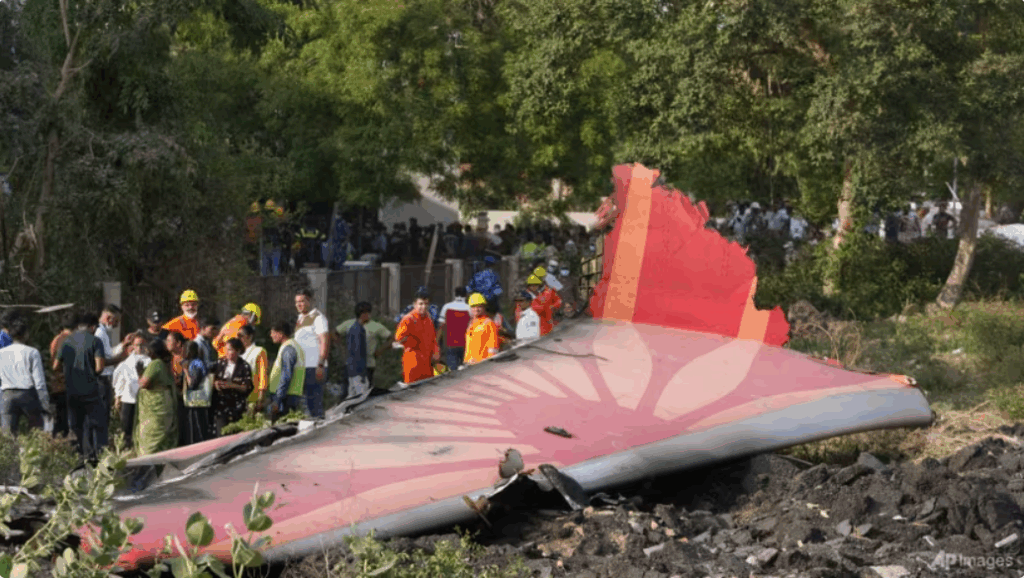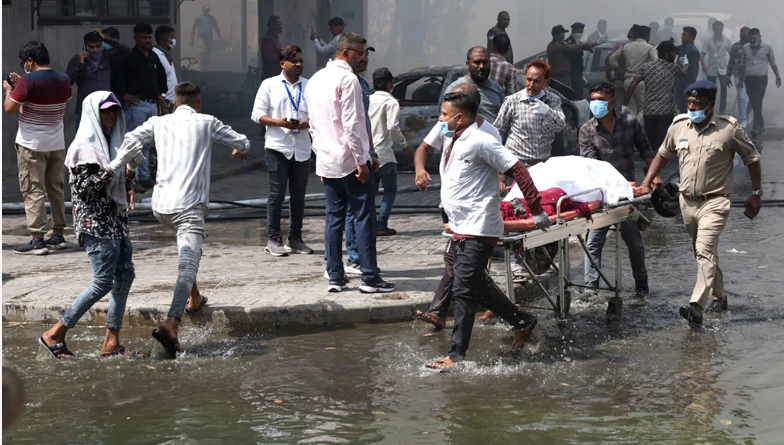On August 14, 2005, Helios Airways Flight 522 took off from Cyprus to Prague, with a stop in Athens. It was a Boeing 737. A few minutes after takeoff, many passengers began feeling unwell. The cabin pressure dropped, and people started experiencing discomfort. A freezing cold, like inside a freezer, spread through the cabin.
Due to the lack of oxygen, everyone on board, including the passengers and crew, slowly lost consciousness. Even though everyone inside had fainted, the aircraft continued flying for nearly three hours on autopilot. Greek F16 fighter jets flew close to the plane, trying to contact the cockpit. Inside, 121 people were unconscious, except for one flight attendant named Andreas Prodromou. He tried his best to take control of the aircraft. But before he could succeed, he also fainted.

The plane crashed into a hill near Grammatiko, a village in Greece. All onboard died in the crash and explosion. This became one of the most mysterious air crashes ever and was later called “The Ghost Plane”. The cause of the crash was the wrongly set pressurization system, a human error made by a ground engineer. A small mistake turned the plane into a flying coffin.
Boeing’s Dreamliner, Safe but Still Questioned
The Boeing Dreamliner that crashed in Ahmedabad is known as one of the world’s safest and most advanced passenger planes. It has automated systems that check every function before takeoff. If any system fails, other systems are ready to support it. The most important among these is the triple redundant Fly By Wire system, which replaces traditional manual controls with electronic signals.
Every major part of the plane like elevators, rudder, and ailerons is controlled through three separate channels. Even if one fails, the system automatically switches to the other two. Before takeoff, the engines, brakes, hydraulics, and other systems are carefully checked. Only after all systems give a “GO” signal does the Dreamliner move onto the runway.
Still, in this case, the plane crashed just minutes after takeoff, becoming one of the most shocking incidents in aviation history.
The Boeing Company’s Journey and Dreamliner’s Build
The Boeing Company began in 1916 in Seattle, started by William Boeing. At first, it made seaplanes. During World War II, it built bombers like the B17. Later, in jet aircraft, Boeing made famous models like B47 and B52, and in commercial aviation, models like 707, 737, and 747 became globally respected.
The Boeing 787 Dreamliner was introduced in 2011. It is fuel efficient and made using carbon fiber based composite materials that reduce weight and increase efficiency. The 7878 series can carry about 300 passengers and fly up to 14,000 kilometers for around 18 hours non stop. Boeing also has 7879 and 78710 variants. The total investment in the Dreamliner project is around ₹2.5 lakh crore. Boeing needs to sell 2,000 aircraft to break even. So far, it has sold about 1,200 and still has 950 more to deliver.

But the recent crash is a huge setback. Wide body aircraft like the Dreamliner need a clean safety record to build trust in the aviation industry. Only 13 years into service, this crash has raised serious concerns.
Safety Concerns from a Former Boeing Engineer
Last year, the New York Times published a report quoting Boeing engineer Sam Salehpour, who raised concerns about the Dreamliner 787. He filed a complaint with the Federal Aviation Administration, warning about structural problems caused by shortcuts during manufacturing. He said such issues could lead to disasters after ten years or more. He used the term “catastrophic failure” in his complaint. His intention was not to harm Boeing but to prevent a tragedy.
Sam pointed out that parts of the aircraft’s body were not fitted properly, which could increase pressure and wear during flights. Over time, this could weaken the plane’s structure. Boeing denied these allegations.
About 1.5 billion passengers have flown in Dreamliners like the one that crashed in Ahmedabad. Was this the first major crash just a coincidence?
Dreamliners use either Rolls Royce Trent 1000 or General Electric’s GEnx engines. Both are high thrust, powerful, and proven. Still, the plane that took off from Ahmedabad crashed and burned just meters beyond the runway, killing nearly 240 people.

A Loss That Cannot Be Measured
A brand new Boeing 787 costs around ₹1,300 crore. The crashed aircraft, considering its age, would have been worth around ₹350 crore. But the value of 240 lives can never be measured. For the people left behind, this is more than just financial loss, it is a lifelong pain. Like a wound that never heals. India will not forget June 12.
